Interview
Interview: Tom Harker
In conversation with artist Tom Harker, a graduate of the Royal College of Art who lives and works in Brixton, London.
Can you talk about your journey into or interest the arts?
I remember really liking to draw when I was a kid and was also really inquisitive. I originally studied philosophy but withdrew from that. I didn’t become interested in contemporary art until later and started studying painting in Leeds when I was 25.
Can you talk about the influences upon your work?
People always say my paintings remind them of Dumas/Borremans/Tuymans, which is true they are painters who have interested me. I think reading influences painting quite a lot, recently people like Boris Groys, Mark Fisher, Dave Hickey. Also fiction, particular satire writers like Joseph Heller.
People are a key observation in your work. What themes are you exploring through this?
I find portraiture from art history fascinating, the motivations behind them and their function. You can trace that all the way through medieval Christian iconography, to aristocratic portraiture, to mass media reproduction in the 20th century, then to where we are now with social media.
Can you talk about your process of working. How do you work, how often, is there a particular pattern?
I’m always collecting images I find interesting – I make a lot of drawings and very quick paintings from them. From there I’ll take some forward into more finished works on canvas. There is a pattern of working quite intensely before a project or deadline, then slowing down in between and thinking less about producing things.
What is the process of developing a personal body of work?
I like to work through ideas and influences without necessarily coming to a conclusion. I’ve made the mistake before of rushing to develop something that seems unique, but it is too easy to do, and by its very nature is artificial. So I think its best not to think of about it, and instead acknowledge the journey.
Do you find the process of creating work relaxing or therapeutic?
There are aspects of painting that are fulfilling, like the freedom you have. Other parts are not very healthy, for instance the tendency to work solitarily. The craft of painting is similarly ambivalent, sometimes its torture, but mostly its enjoyable. For me it’s to do with being present with the material, to be responsive, and you can only really do that when your mind is clear.

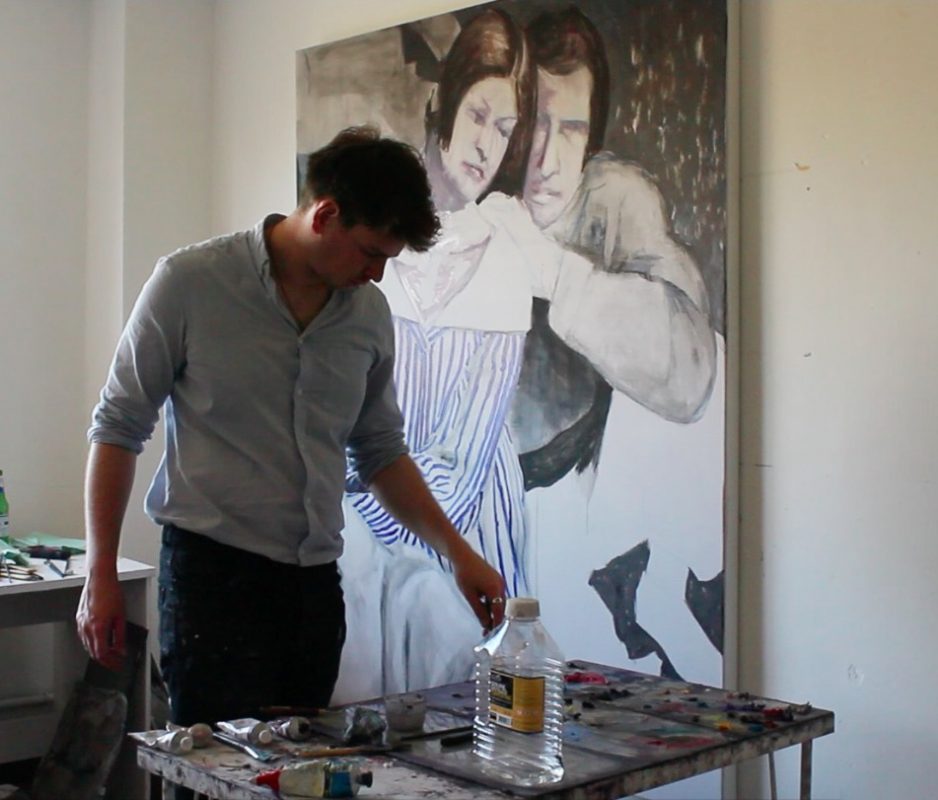

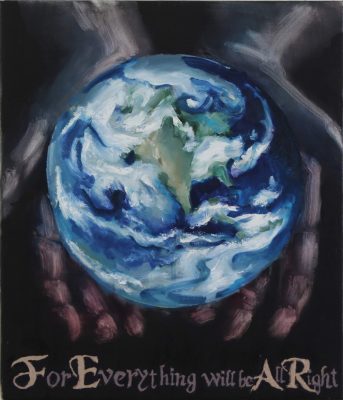


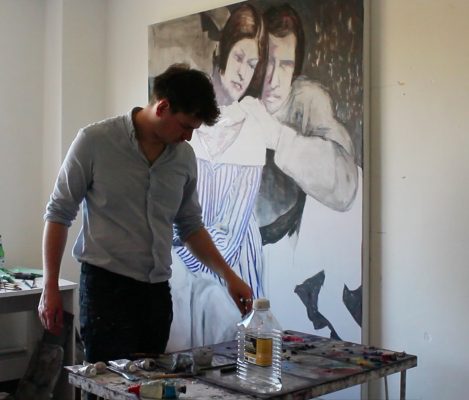
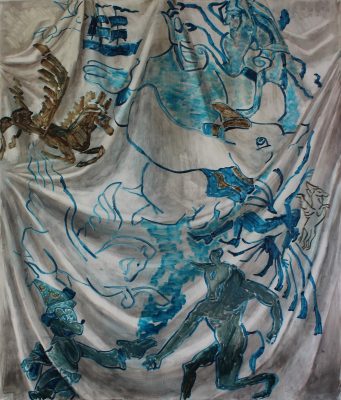
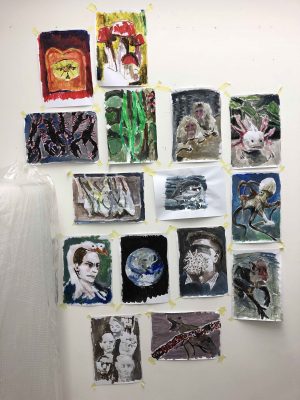

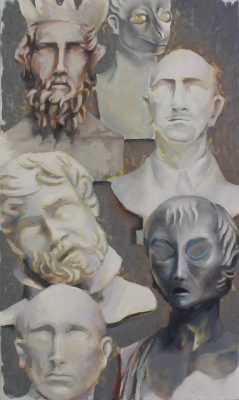
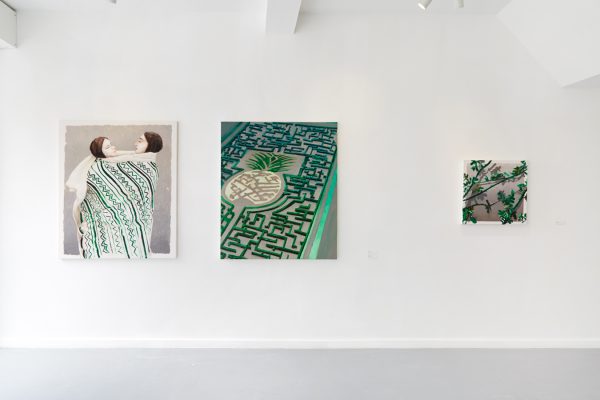
Do you like this artist?
If so, why not write a comment or share it to your social media. Thanks in advance if you can help in this way.